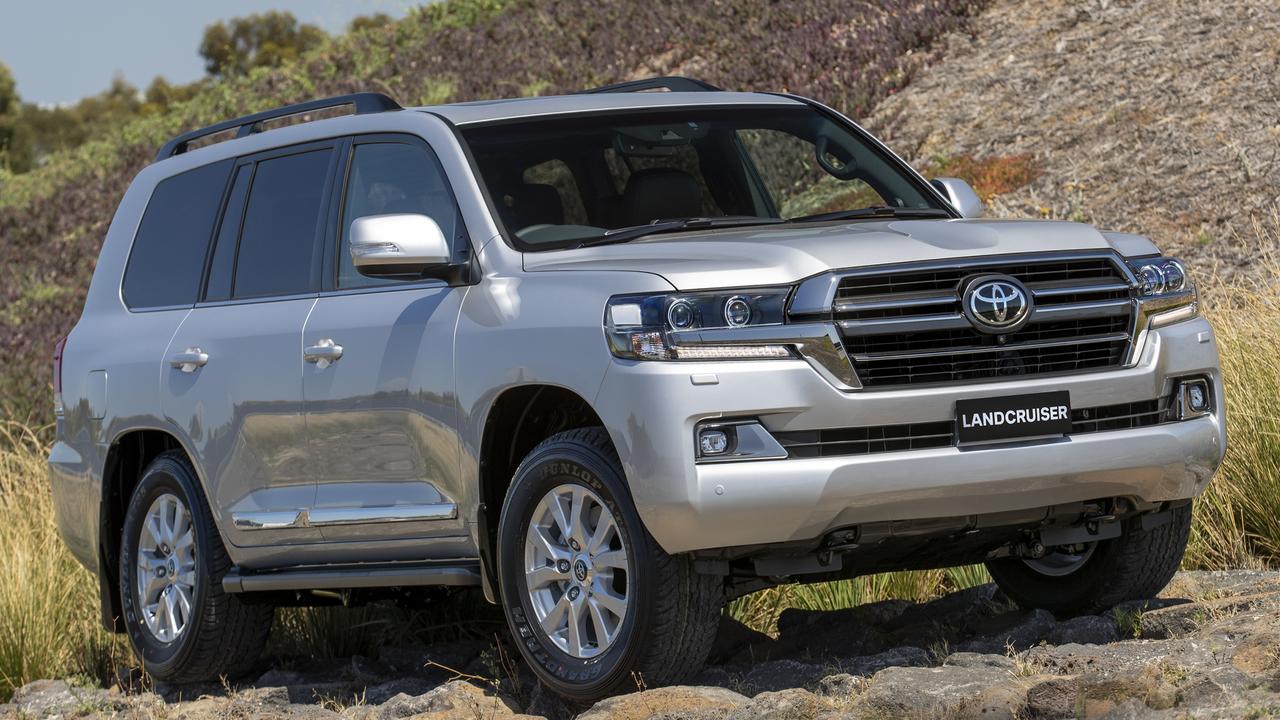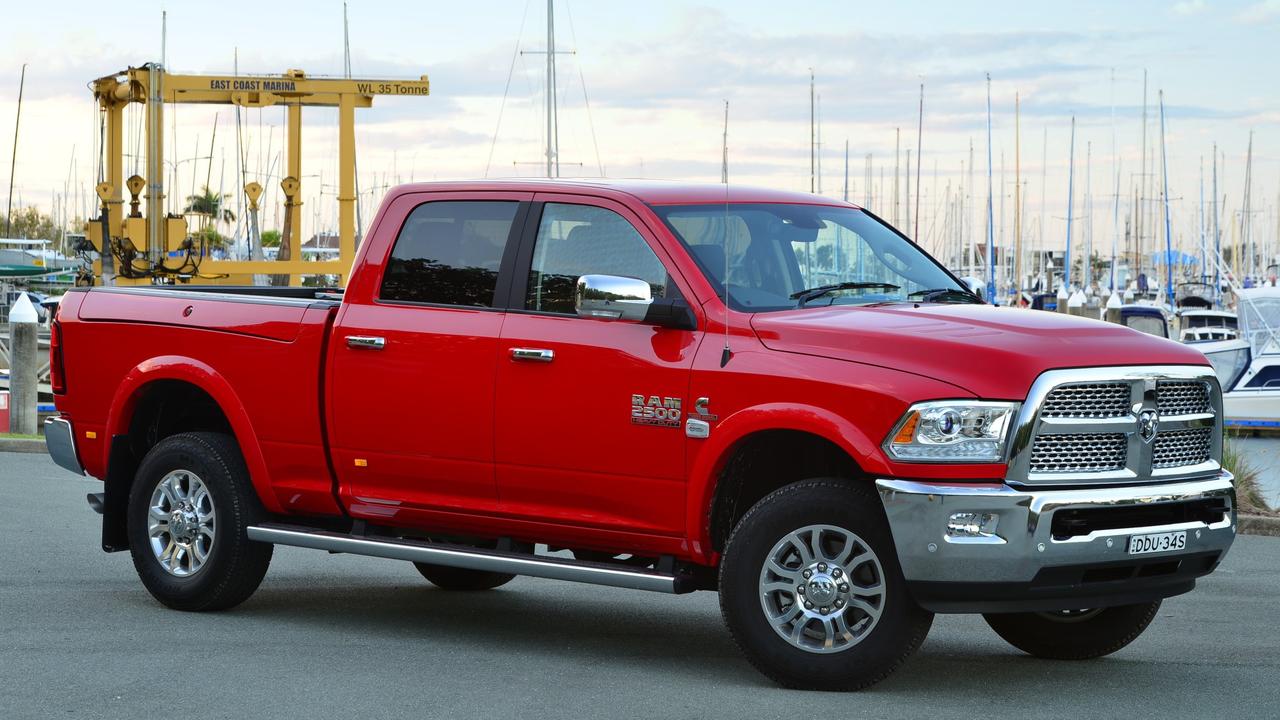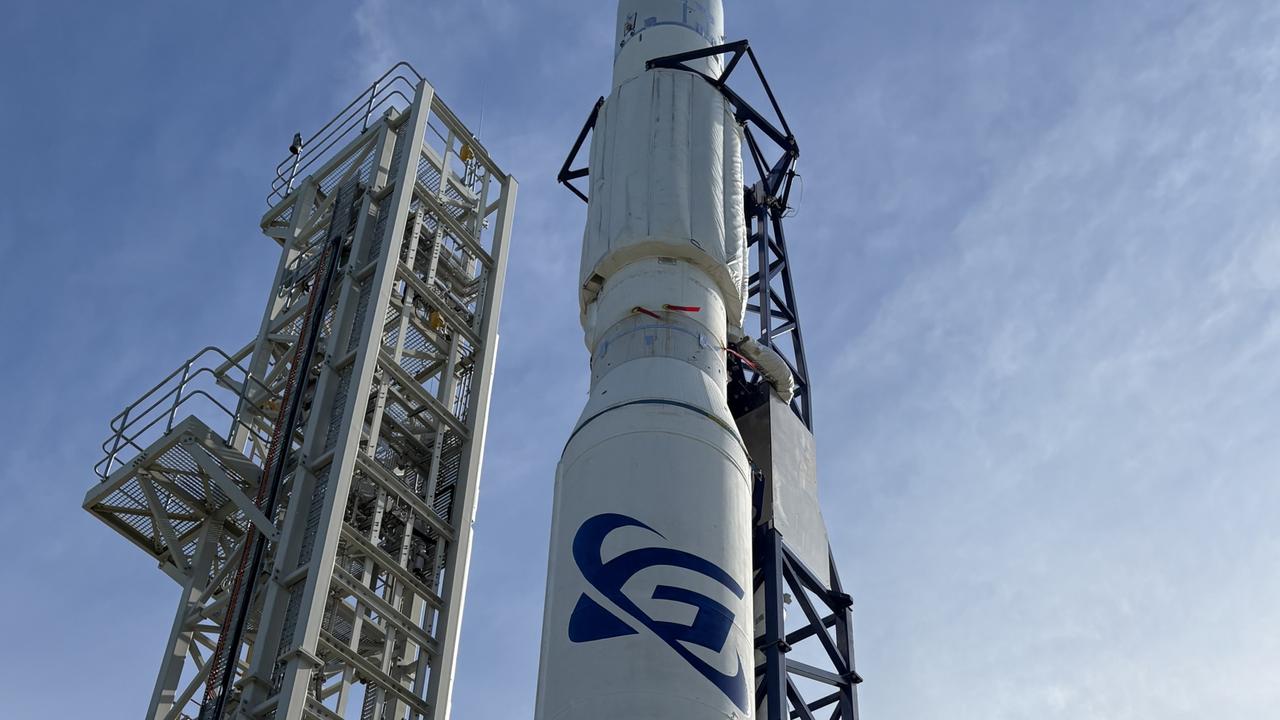Australia’s big car obsession: Utes, SUV sales on the rise
The sales of some cars have plummented in Australia during the pandemic. But there is one type that we can’t get enough of.
Spotted the other day: One of those enormous RAM utes doing a six-point turn to try to get into a normal Australian car space. The driver shuffled forward and back, forward and back, before eventually before giving up and driving away in shame.
Cars are getting bigger. Have you noticed? Normal sedans are going the way of the rotary phone.
Aussies buy twice as many SUVs as sedans now. And utes! Not only are utes the biggest selling vehicles in Australia (HiLux and Ranger in top two spots), but it’s like utes just went through puberty. Suddenly they are much bigger, much taller, and much much heavier.
If you buy a Suzuki Swift, you’re like a mouse in a world of elephants. The result? So far in 2020 sales of Suzuki Swifts are down 39 per cent while sales of Nissan Patrol and Toyota Landcruisers are up 5 per cent despite the pandemic. It’s not like we have more tradies than before. Or we go to the bush more. In fact Australians are more urbanised than ever.
RELATED: Huge shift in Aussie new car purchases

SUPER-SIZE ME
Don’t believe cars are bigger? Check it out:
A current-day Ford Raptor weighs 2.3 tonnes – the old Holden Utes weighed 1.5 tonnes. The raptor isn’t the heaviest beast on the road either. The RAM 2500 weighs 3.6 tonnes, which as much as 2.3 Holden Utes, or 2.6 Holden Commodores (VS Model). And it’s not just weight. They are big in every dimension.
Back in the year 2000, if that Holden Commodore stopped in front of you while you were walking, you would have been easily able to see over it – it was only 148cm high. That’s shorter than most people. The Ford Ranger is 187cm high, taller than most people. If you can see over the top of it, you quite possibly play basketball.
The very popular Toyota Landcruisers are even higher, they are often over 1.9 metres and they have one model that clocks in at 2.1 metres tall.
Landcruisers have grown taller over time, like most cars. But they have always been tall. The point is they used to stand out. Now everyone seems to be driving bigger cars. This is how an arms race works. You don’t necessarily want an enormous army, but if the country just over there gets one you better get one too. When you make your army bigger, that makes them spend more.
RELATED: Thousands of cars face fresh safety risk

Arms races are common in real life. In traffic, the only way to see past a big car is to be in a big car. If you’re driving a Ford Ranger, I better not be in a Yaris or I’ll be looking right up your tailpipe.
Not to mention what happens when a big car crashes into a small car. Careful scientific study of Australian road accidents has proven what is actually obvious – when a small car smashes into a big car, the small car does much worse. And so do its occupants.
AGGRESSIVITY
Monash University produces a report each year that rates the cars on the road – not just for their safety but also their aggressivity. How likely are they to hurt or kill someone else?
As the next graph shows, in a large SUV or a big ute you’re much more likely to hurt someone if you are in a crash, and their injuries are likely to be more severe.
RELATED: Why Australia is obsessed with this car

There’s two ways to solve this. We either all go for bigger vehicles. Or we call a truce and try to slowly edge the size of Aussie vehicles back down.
EUROPE
It doesn’t have to be like this. We don’t have to get trapped in an arms race where we all end up driving American-style trucks.
Europe shows us another way. In Europe, the Fiat 500 seems like a perfectly reasonable choice, while here it looks puny. The reason is that the rules nudge people toward making smarter, smaller choices.
Denmark taxes vehicles based on their weight. Germany taxes them based on their cylinder capacity. France taxes horsepower. Several countries tax carbon emissions. That means that when people are shopping for a car, the smaller options look like smarter choices, and because more cars on the road are small, it sparks a virtuous cycle where there is no arms race to ever-bigger vehicles.
In Australia we are doing the opposite. Most expensive cars face the luxury car tax. Utes don’t. If you want to know why the roads are now clogged with top of the range Hiluxes, Rangers and Amaroks -some of which can cost $100,000 when they are tricked out – the tax exemption is one reason why.
I don’t want to live in a world where, for safety reasons, we feel forced to buy a car that doesn’t even fit in a parking space. Can we stop this arms race before the RAM 3500 – which is even bigger – comes to a shopping centre car park near you?
Jason Murphy is an economist | @jasemurphy. He is the author of the book Incentivology.




